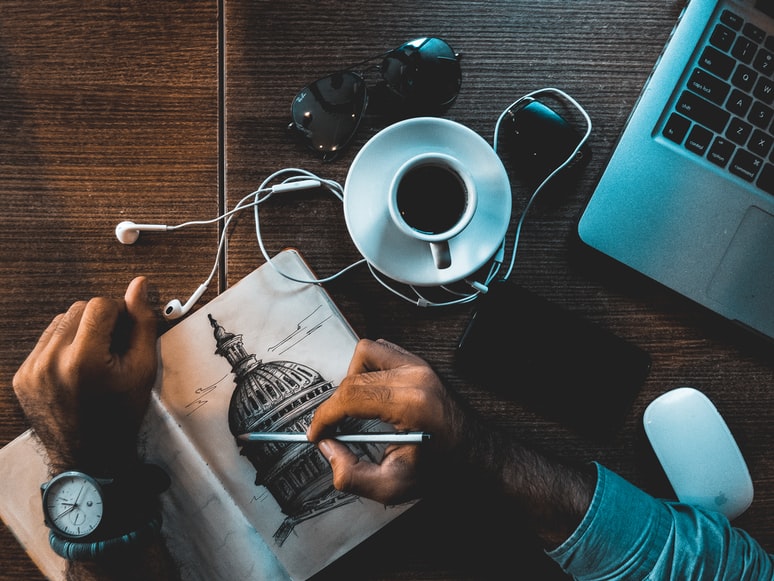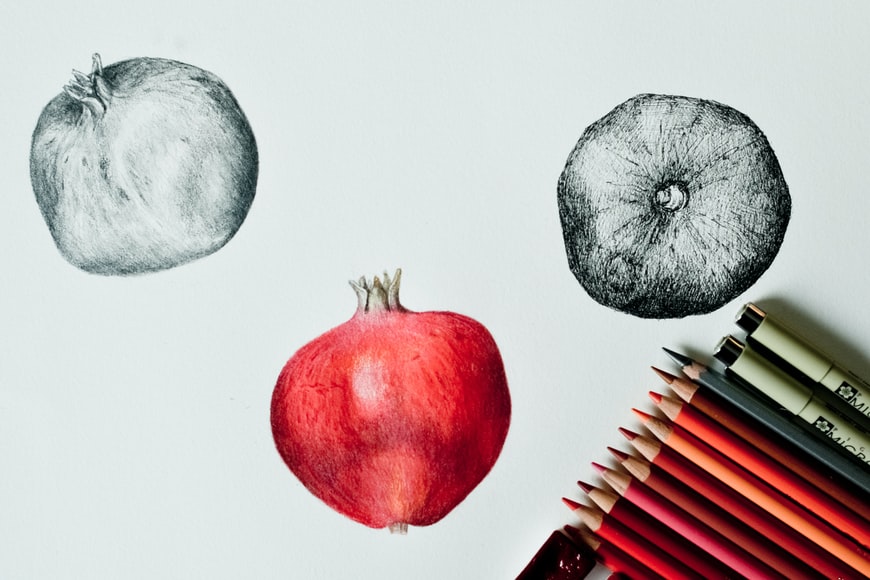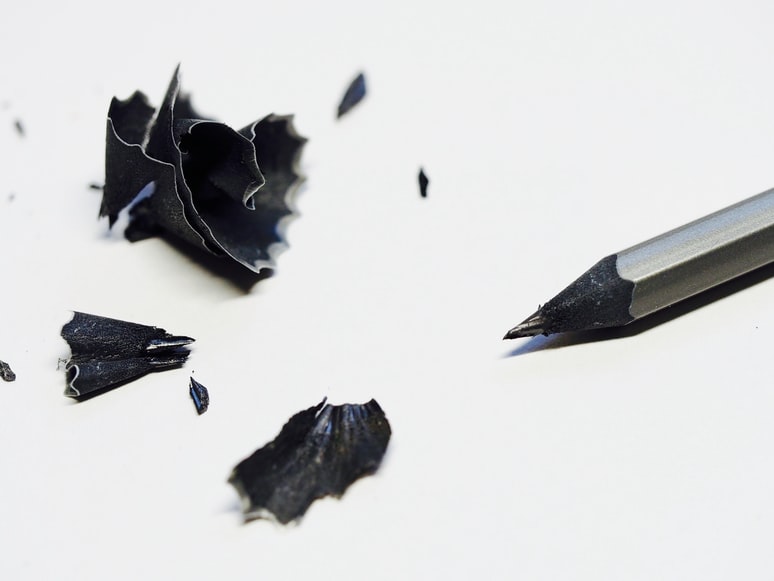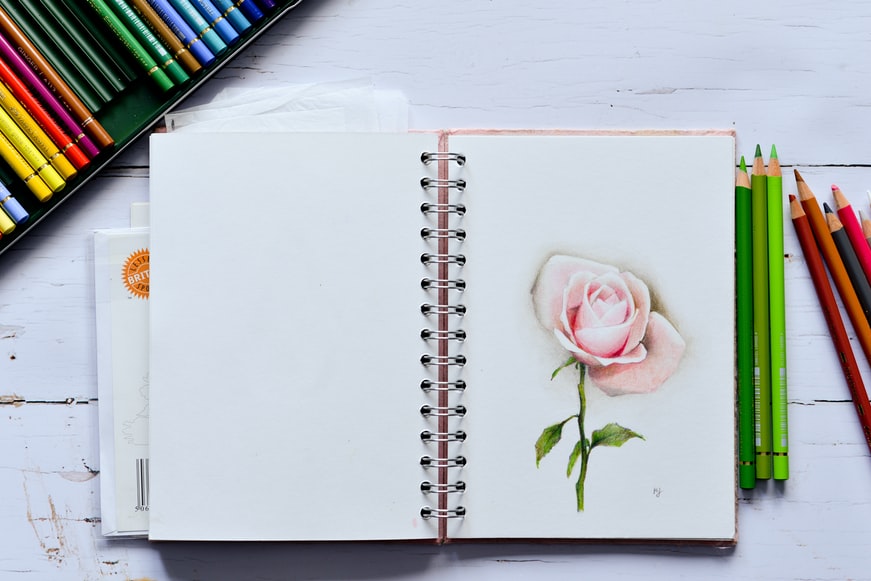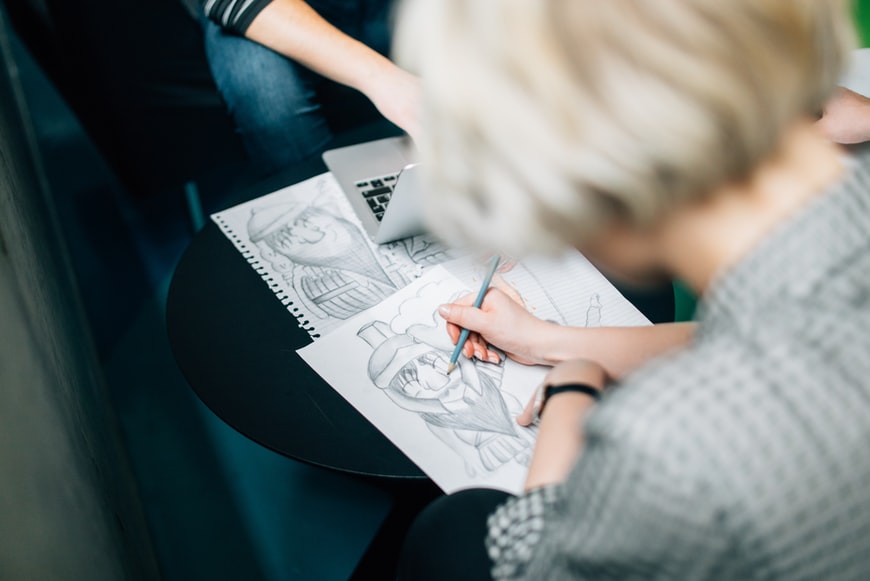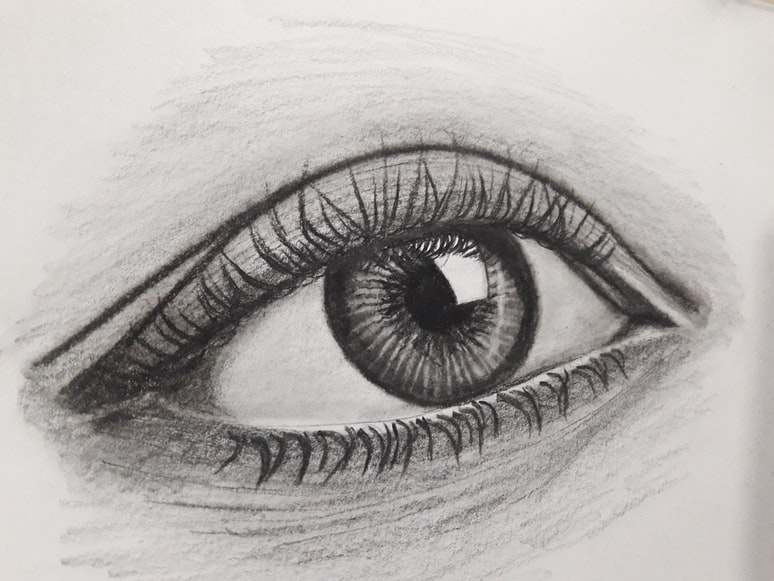When you work with a physical medium like a pencil (as opposed to digital) you can see the direction of your strokes. This is true even if you’re making heavy and dark marks.
You can take advantage of this by choosing to exaggerate your strokes and let them show clearly. Take a piece of paper and shade vertically, then next to your vertical shading, shade horizontally.
Even if you use a very soft smudgy lead, you will see which way the strokes are going, creating clear spaces on the page with an edge between the directional change.
Directional shading is especially useful for three-dimensional objects. Draw a cube and shade one plane vertically, and another horizontally.
You will notice there is an illusion of depth as the strokes appear to move away from you, or reach forward. They will also clearly define the different sides of the object.
When learning how to shade with a pencil, directional shading is critical to keep in mind if you are not trying to create a new space on the page. If you’re shading a flat surface make sure you control the direction of your strokes and don’t change them partway through. The eye will read a sudden change in direction as an error on the flat surface.
